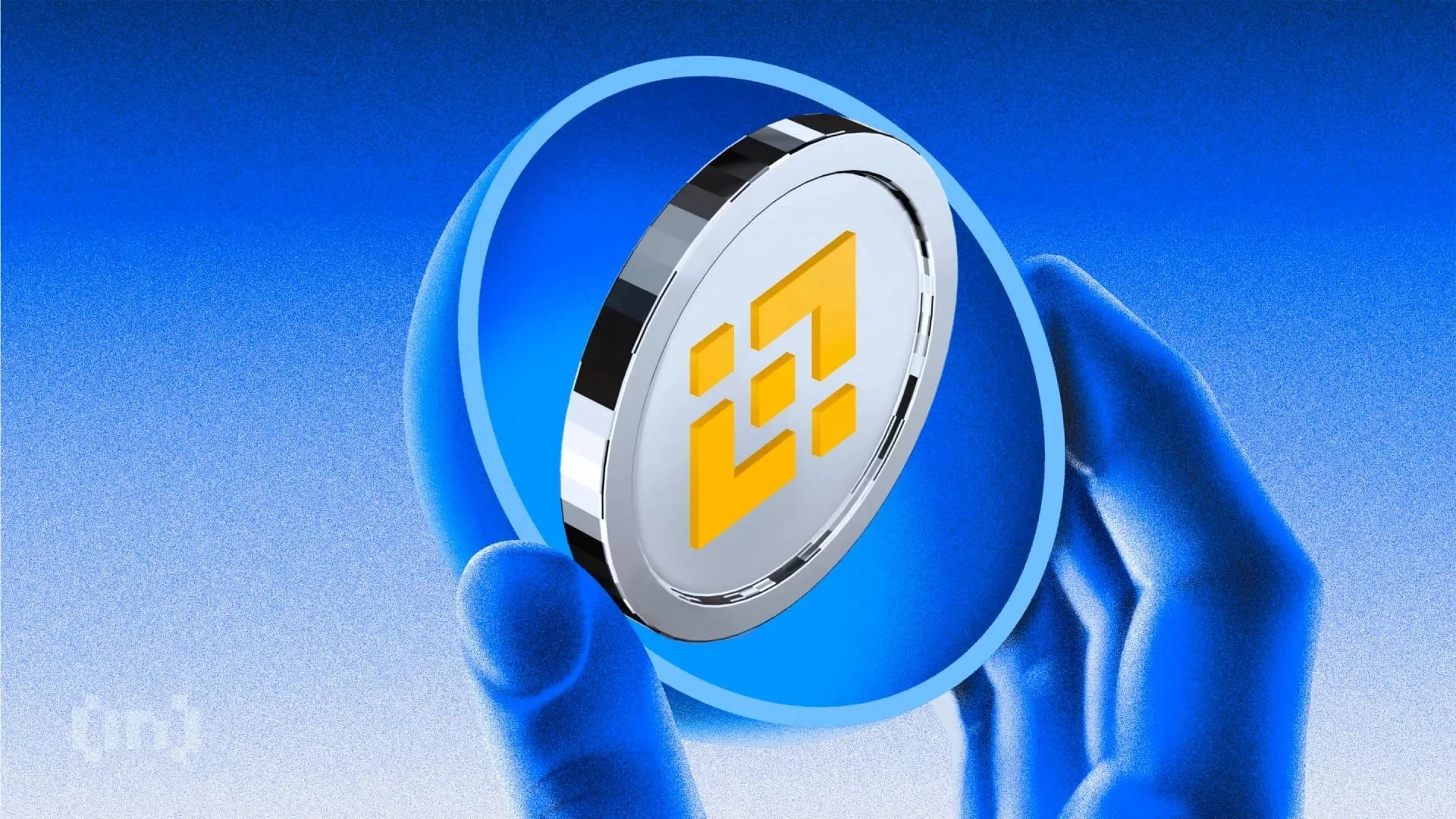Decentralized Finance (DeFi) has revolutionized the financial landscape, offering a new paradigm for lending and borrowing. Unlike traditional systems relying on banks and intermediaries, DeFi lending utilizes blockchain technology and smart contracts to create peer-to-peer (P2P) lending platforms. This article explores the intricacies of decentralized loans, their benefits, key platforms, and potential risks.
What are Decentralized Loans?
Содержание статьи:
Decentralized loans, also known as DeFi lending, involve borrowing and lending cryptocurrency assets through decentralized applications (DApps). These platforms operate on blockchain networks, primarily Ethereum, using smart contracts to automate the lending process. The absence of intermediaries like banks allows for greater transparency, efficiency, and accessibility.
How DeFi Lending Platforms Work
- Collateralization: Borrowers typically provide collateral in the form of cryptocurrency, often exceeding the loan amount to mitigate risk.
- Smart Contracts: Smart contracts automatically execute the terms of the loan, including interest rates, repayment schedules, and collateral management.
- Liquidity Pools: Lenders deposit their crypto assets into liquidity pools, earning interest from borrowers.
- Automated Interest Rates: Interest rates are often determined algorithmically based on supply and demand within the platform.
Benefits of Decentralized Lending
- Accessibility: DeFi lending platforms are accessible to anyone with an internet connection and a crypto wallet, regardless of their location or credit score.
- Transparency: All transactions are recorded on the blockchain, providing a transparent and auditable record.
- Efficiency: Smart contracts automate the lending process, reducing costs and speeding up transactions.
- Higher Interest Rates: Lenders can often earn higher interest rates compared to traditional savings accounts.
- Financial Inclusion: DeFi lending can provide access to financial services for the unbanked and underbanked populations.
Top DeFi Lending Platforms in 2025
Several DeFi lending platforms have gained prominence in 2025:
Aave
Aave is a leading decentralized lending protocol known for its innovative features like flash loans and variable interest rates. It supports a wide range of crypto assets and operates on multiple blockchain networks.
Compound
Compound is another popular platform that allows users to earn interest by supplying assets to liquidity pools. It’s known for its ease of use and robust security.
MakerDAO
MakerDAO is primarily known for its DAI stablecoin, but it also functions as a lending platform, allowing users to generate DAI by locking up collateral.
Venus
Venus is designed to handle a large volume of transactions, and activities. Thanks to this, users can lend or borrow multiple cryptocurrencies, including stablecoins and tokenized versions of traditional assets without breaking the bank in fees.
Risks of Decentralized Lending
While DeFi lending offers numerous benefits, it’s essential to be aware of the potential risks:
- Smart Contract Risk: Smart contracts are susceptible to bugs and vulnerabilities that can be exploited by hackers.
- Volatility Risk: The value of crypto assets can fluctuate significantly, potentially leading to liquidation of collateral.
- Regulatory Risk: The regulatory landscape for DeFi is still evolving, and new regulations could impact the legality and viability of these platforms.
- Liquidation Risk: If the value of your collateral falls below a certain threshold, it may be automatically liquidated to repay the loan.
Decentralized loans represent a significant advancement in the financial industry. By leveraging blockchain technology and smart contracts, DeFi lending platforms offer greater accessibility, transparency, and efficiency compared to traditional lending systems. However, it’s crucial to understand the potential risks involved and to exercise caution when participating in DeFi lending activities. As the DeFi ecosystem continues to mature, decentralized loans are poised to play an increasingly important role in the future of finance.
